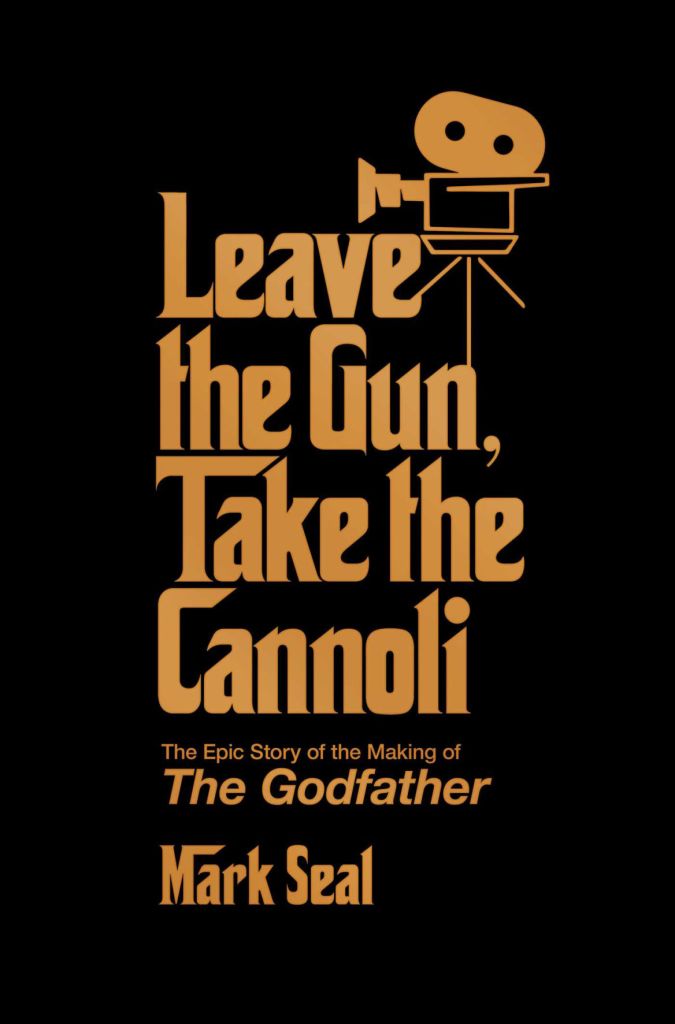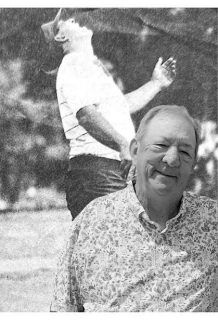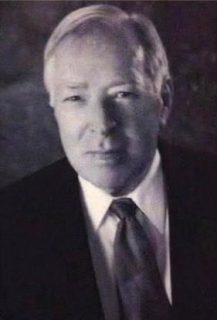Book review: ‘Leave the Gun, Take the Cannoli’
Published 12:00 am Sunday, January 9, 2022

- BOOK REVIEW
“Leave the Gun, Take the Cannoli: The Epic Story of the Making of The Godfather” by Mark Seal. Gallery. 432 pp. $28.99. Review provided by The Washington Post.
The director had four unremarkable feature films and a handful of soft-porn skin flicks on his résumé. The star was a washed-up and unreliable former deity who couldn’t memorize his lines, was deeply in debt and was pondering his third divorce. The co-star was a high school dropout and former messenger boy whom the studio suits considered too short, too old and too inexperienced for the part. And the man overseeing the production was an insufferable narcissist with a blossoming cocaine habit and a glamorous wife who was about to dump him for Steve McQueen.
Trending
They fought with one another and with their doubting overseers at Paramount Pictures, exceeding their budget, their deadline and the patience of all involved. But in the end, this crew of certifiable misfits delivered a full-blown masterpiece – “The Godfather,” which the American Film Institute ranks as the second-greatest American movie of all time just behind “Citizen Kane.”
The making of this classic drama is a story that’s been told, retold, psychoanalyzed and strip-mined for leftovers – see “The Godfather: The Corleone Family Cookbook,” just one of a library’s worth of spinoff books. The 1972 movie revitalized Hollywood, elevated Francis Ford Coppola to the ranks of great directors, rescued the career of Marlon Brando and helped create a new generation of movie stars: Al Pacino, James Caan, Robert Duvall and Diane Keaton. It spawned two sequels, one of them brilliant (“The Godfather Part II”), the other meh (“The Godfather Part III”). But do we really need to read again how Brando dyed his ponytail with black shoe polish, stuffed his cheeks with cotton balls and lowered his voice two octaves for the screen test that got him the starring role?
Mark Seal, a longtime movie writer for Vanity Fair, clearly believes we do. And after resisting the idea as long as I could, I have to confess that his book, even with the inside-joke title of “Leave the Gun, Take the Cannoli” (an improvised line in the movie), captured me with its joyful energy, extensive research and breathless enthusiasm.
It’s the forgotten characters who often make movie books intriguing, and Seal’s story finds its footing when he introduces a great one: Mario Puzo, the chronically broke, frustrated author with an addiction to high-stakes gambling and high-carb pasta, who decides to write a pulp novel about the mafia in a last-ditch effort to escape bankruptcy. Despite his Italian American background, Puzo knew next to nothing about the mob when he started. He did a lot of his research talking to well-informed blackjack dealers and roulette wheel operators at the Sands and Tropicana hotel casinos in Las Vegas. “I never met a real honest-to-god gangster,” he later confessed.
Puzo’s more-than-400-page epic captured the brazen ruthlessness and brutality of the mobsters he portrayed, but also their devotion to their families and sense of honor. “It was Puzo’s genius to turn them into family men,” wrote reviewer Maria Laurino in the Wall Street Journal. And Puzo turned the mafia into a metaphor for America – its greed, violence, pretensions and betrayals. The novel, published in 1969, became a huge best-seller; the paperback deal alone netted Puzo $410,000. But Robert Evans, the young, aggressive, playboy-handsome production head tasked with turning around Paramount’s fortunes, had already purchased the screen rights for a mere $12,500, with another $50,000 if the picture got made.
Paramount was not enthusiastic. Mafia pictures had generally bombed, including the studio’s recent stinker, “The Brotherhood.” But Evans and chief deputy Peter Bart figured the problem could best be addressed by hiring an Italian American director. They chose 30-year-old Coppola. He was deeply skeptical about the job – “I was young and had no power, so they figured they could just boss me around,” he told Seal. But like Puzo and Brando, he too was deeply in debt after opening his own independent studio. He pocketed the $175,000 director’s fee and reluctantly set to work.
Trending
The studio, ever guarding its wallet, wanted to update the story from the 1940s to a cheaper-to-depict contemporary setting, and film it on the Paramount back lot. Coppola managed to overcome these notions as well as sabotage the studio’s more bizarre casting ideas – including Ernest Borgnine as the Godfather, Vito Corleone, the role that went to Brando, and Robert Redford or Ryan O’Neal as Michael Corleone, Vito’s youngest son and successor, the part that eventually went to Pacino. The studio execs hated the idea of casting Brando, who had wasted the previous decade making mostly dismal movies. They made him post a bond of $1 million to ensure he wouldn’t delay the film shoot and insisted he forgo his usual salary for a bargain-basement $50,000. He grudgingly agreed – and won the Academy Award for best actor.
Coppola insisted on verisimilitude, even overseeing the color, quality and trajectory of the blood in the gory, unsettling scenes of gangland executions. Many scenes were visually operatic – Coppola and cinematographer Gordon Willis kept the camera in a fixed position, creating a tableau that the actors walked in and out of. Willis used underexposed film and low lighting to produce darkly rich compositions.
While Coppola was creating cinematic mob bosses, producer Al Ruddy was negotiating with a real one: Joseph Colombo Sr., the head of one of New York’s five main crime families and founder of the Italian American Civil Rights League. Ruddy agreed to delete the terms “mafia” and “Cosa Nostra” from the movie and to turn over proceeds from the film’s New York premiere to the league’s hospital fund. In return, Colombo gave his blessing to the project and delivered cooperation and tranquility from the city’s powerful labor unions.
The tougher battles were between Coppola and the studio execs, who constantly threatened to fire him. “It was the most miserable time of life,” he tells Seal. He fought viciously with Evans over the movie’s nearly three-hour length, music and somber tone. Then Evans fought with the Motion Picture Association of America’s ratings board, whose censors demanded cuts in three scenes considered excessively violent. The scenes stayed in; the movie was rated R.
Both Coppola and Evans feared that the movie would bomb. But an early preview changed their minds. When the film ended, Seal reports, there was silence – no applause, nothing. Audiences were stunned by the artistry of what they had seen, and they’ve been stunned ever since.
– Reviewed by Glenn Frankel, whose most recent book is “Shooting ‘Midnight Cowboy’: Art, Sex, Loneliness, Liberation and the Making of a Dark Classic.”






